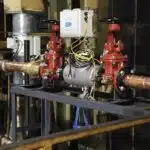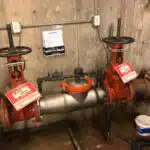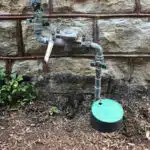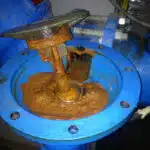Backflow prevention plays a crucial role in maintaining the safety and quality of our water supply. With the constant evolution of technology, innovative solutions have been introduced to enhance the efficiency and effectiveness of Backflow prevention systems. In this blog post, we will delve into the latest advancements in this field, examining how they contribute to improved efficiency and safety.
1. Smart Sensors and Monitoring:
One notable advancement in Backflow prevention is the integration of smart sensors and monitoring systems. These technologies allow for real-time monitoring of water pressure and flow, providing instantaneous alerts in case of any abnormalities or potential Backflow incidents. By leveraging data analytics and artificial intelligence, these systems can pinpoint issues before they escalate, ensuring timely preventive measures are taken.
2. Remote Control and Automation:
Gone are the days of manual valve adjustments and frequent site visits. The introduction of remote control and automation has revolutionized Backflow prevention maintenance. With the ability to remotely monitor and control valves, technicians can now perform routine tasks and troubleshooting from a centralized location. This not only saves time but also reduces costs associated with manual labor and transportation.
3. Improved Backflow Preventer Designs:
Advancements in materials and engineering have led to the development of more efficient and reliable Backflow preventer designs. Enhanced check valve mechanisms and improved sealing techniques help minimize the risk of Backflow, even in high-pressure scenarios. These modern designs are also more compact and space-efficient, allowing for easier installation and maintenance.
4. Integration with IoT and Building Management Systems:
The Internet of Things (IoT) has permeated various industries, and Backflow prevention is no exception. By integrating Backflow prevention systems with IoT devices and building management systems, users can have better control over water usage, automated valve actions, and data analysis. This integration enables proactive maintenance, optimized water consumption, and improved overall efficiency.
Conclusion:
As the field of Backflow prevention continues to advance, so does our ability to ensure the safety and efficiency of our water supply. Smart sensors, remote control, improved designs, and IoT integration are just a few examples of the innovations driving this progress. By embracing these advancements, we can look forward to a future where Backflow incidents are minimized, water quality is maintained, and resources are utilized in the most efficient manner.
Remember, preventing Backflow is not just a matter of compliance; it’s about safeguarding our health and environment. Together, let us embrace these advancements and work towards a safer, more sustainable future.





